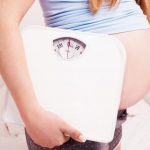The Best Exercises to do Post Pregnancy
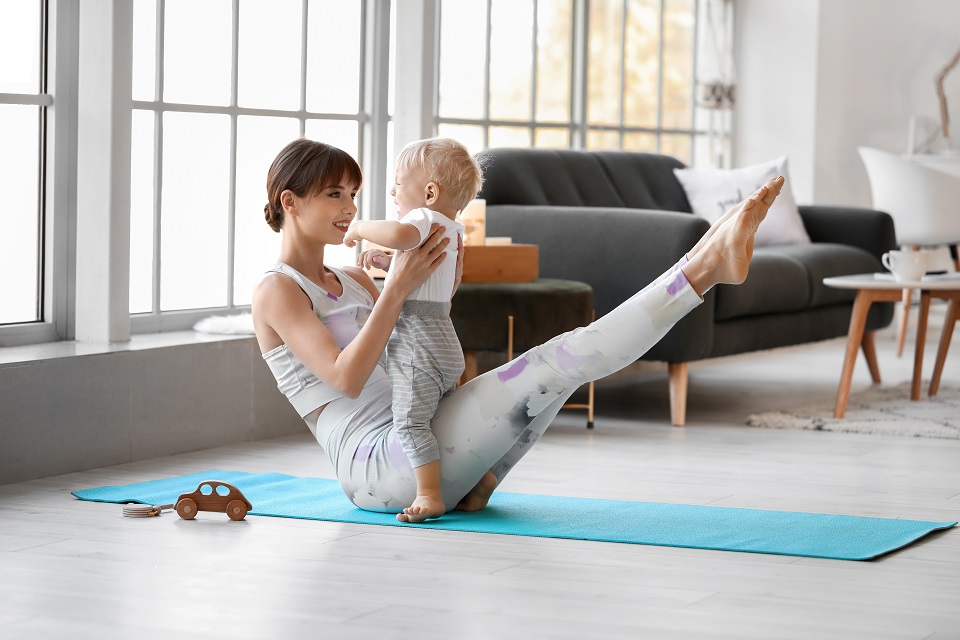
With pregnancy comes many life changes! These changes can affect you in a range of ways, such as your emotional and social wellbeing. Obviously, there are also drastic physical changes which take place. These physical changes can be very demanding on all parts of the body as the baby grows bigger and bigger. Amongst the physical changes includes the inevitable weight gain of pregnancy. After all, your uterus is hosting a growing baby for 9 months.
When you think about the size of the baby and how it grows from the size of a poppy seed to a watermelon within those 9 months, you can be more forgiving about the weight gain that comes with it. Nonetheless, it is understandable that you want to go back to your pre-baby body as soon as possible after giving birth. The time frame of this process varies with each individual woman, but there is one common factor that can help women lose their baby-weight.
This is, of course, exercise! Exercise is important after pregnancy for reasons beyond just getting back into shape. There are many other benefits that come with exercising after pregnancy. Throughout this article, we will take a look at what physical changes happen with pregnancy, why exercise is important after pregnancy, and just what it does to all aspects of the body.
What physical changes take place with pregnancy?

Right from the get-go, the hormones involved in pregnancy create drastic physical changes. The chemical balance of your balance literally changes. This can be hard to deal with emotionally, but it is the physical changes that you see! These includes things such as swelling around the ankles due to increased water retention and breasts swelling as they prepare for lactation.
Other things that happen as a result of hormonal changes include the ligaments around the hips and pelvic region loosening. This can be painful and uncomfortable at times. And don’t forget about the expanding belly as the weeks roll by!
What benefits come from postnatal exercise?
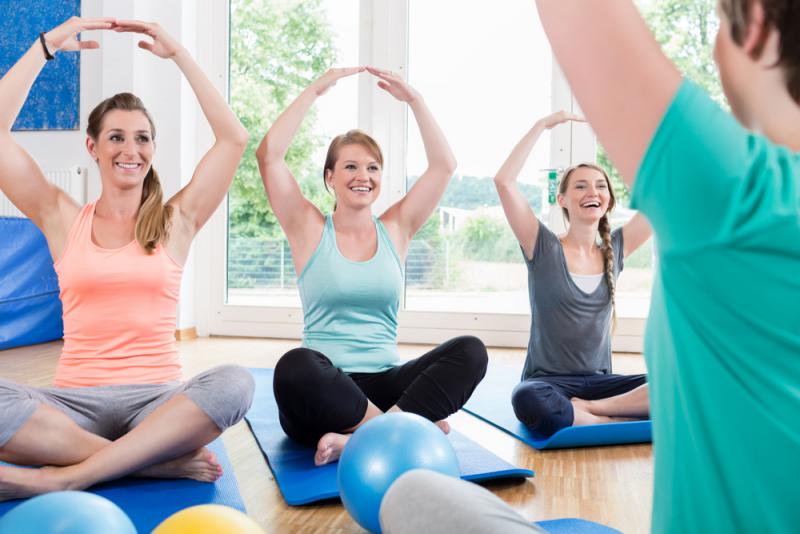
Exercise, at any stage of life, has many wonders to do. It is a proven remedy for a healthy and holistic lifestyle, in terms of physical and mental wellbeing. Getting life back on track after pregnancy by incorporating slow, steady exercises in each day will provide strength for you in many senses of the word. Some benefits of postnatal exercise, when done lightly and in moderation, rather than a bulk workout, include:
- Regain chemical balance in the brain, which helps to steady out your moods and emotions. After the hormonal roller coaster of pregnancy, exercising can help you feel like yourself once more.
- Alleviate aches and pains in the muscles and joints that come from the pregnancy hormonal changes and weight gain.
- Support in losing weight and toning the tummy again, only when done in conjunction with a balanced diet.
- Boost your stamina levels and mindfulness to pursue a positive motherhood. It is important not to run out of energy as your baby grows!
- Reduce the risk of postnatal depression, especially when exercising with other people to help maintain a positive social wellbeing. Read more on how to deal with postnatal depression here.
What are the best exercises to do after pregnancy?
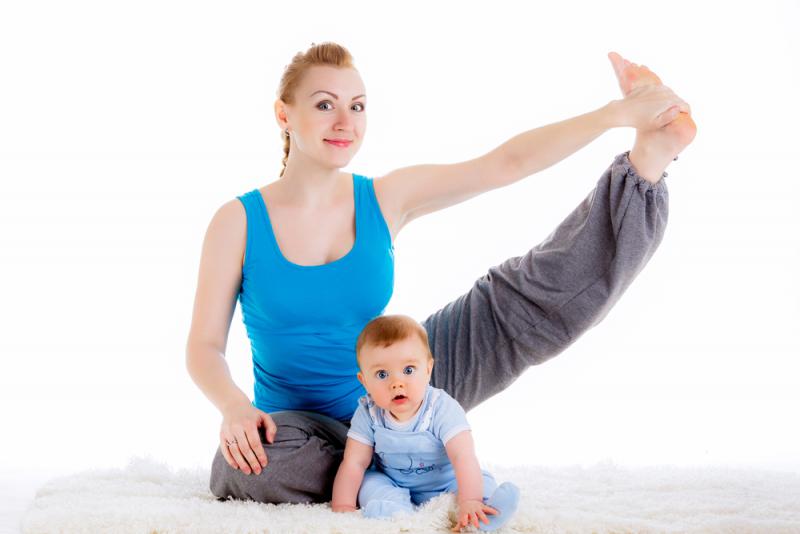
Now, as important as exercise is, you need to remember that your body has just been through a whole lot! Pregnancy has such a drastic physical impact on many parts of the body. So, if you were running a marathon before giving birth, please don’t expect yourself to be able to run one straight after! There are many exercises that are suitable for the postnatal body. These are exercises that will help tone, tighten, and strengthen the body on a gradual journey. You shouldn’t expect too much at once from your postnatal body.
- Postnatal yoga
- Lower belly exercises
- Pelvic floor stretches and movements
- Walking at least 30 minutes a day
- Light jogging, starting about 2 weeks after giving birth
- Swimming, but not until 6 weeks after giving birth
What are the main parts of the body to target during postnatal exercise?
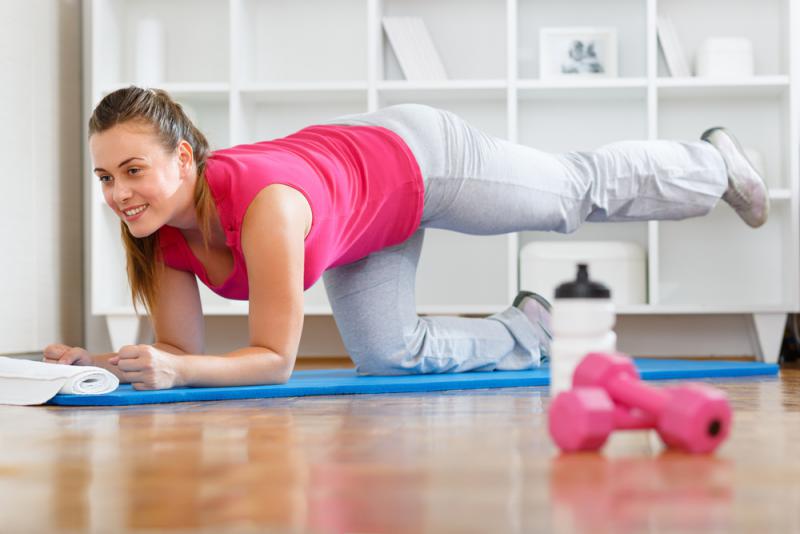
Amongst the all-over bodily changes, there are certain areas that have taken the most amount of pressure of the growing baby and the birthing process. These are important areas to focus on to re-strengthen after giving birth. These areas include the pelvis, upper back, and neck. Here are some stretches and exercises that you can do to help tone and tighten these specific muscle groups.
Pelvis tilt lying down
- Position yourself with a pillow under your head and lift your knees up, bending them at the same time.
- Tighten the pelvic muscles and pull your stomach inwards.
- Hold the position for 3 seconds, breathing gently.
- Repeat 10 times.
Upper back
- Sit comfortably upright with your back straight.
- Join your palms behind your neck.
- Twist gently and slowly from left to right, again and again.
- Repeat the exercise 10 times in each direction.
Neck
- Sit comfortably in a squatting seated position, legs crossed.
- Turn your head slowly in an anticlockwise direction. Repeat 5 times.
- Breath slowly and turn as far as you can to feel the stretch.
Important points to remember about exercising after pregnancy
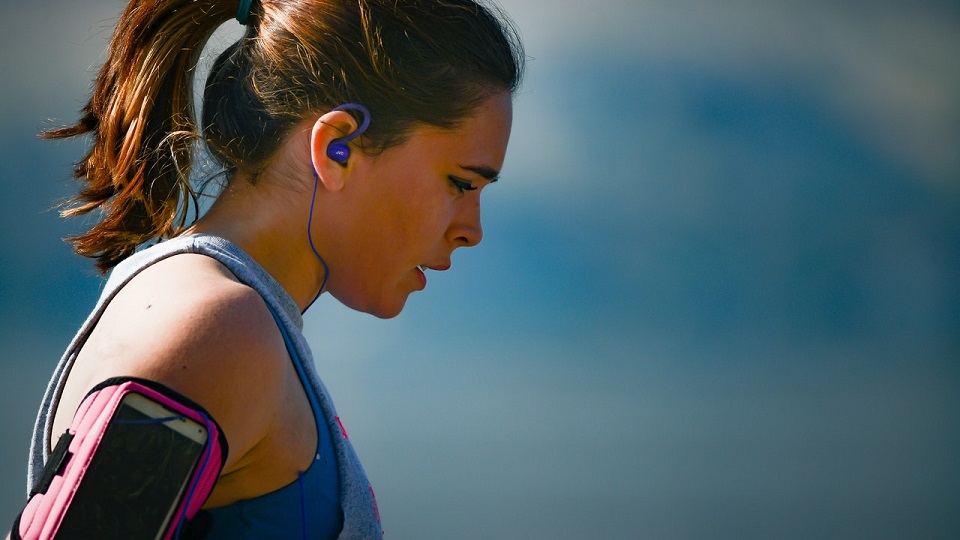
Exercise is highly important, but it needs to be done properly postpartum. Now isn’t the time to dive in the deep end and push yourself to extremes. When exercising after giving birth, keeps these things in mind.
- It will feel exhausting and time consuming at first, but you need to power through.
- Give yourself time and patience when wanting results. They won’t be visible at first, but the exercise will be making a positive difference.
- Don’t overdo exercises when you feel good with them. Slow and steady wins the race.
- Check in with your doctor or a gym instructor about what exercises are best for you specifically.
- Avoid pressure on your lower abdomen in the first 6 weeks.
- Be extra mindful if you had any stomach or vaginal stitches.
- Avoid swimming for the first 6 weeks in case of spontaneous vaginal bleeding and risk of infection.

